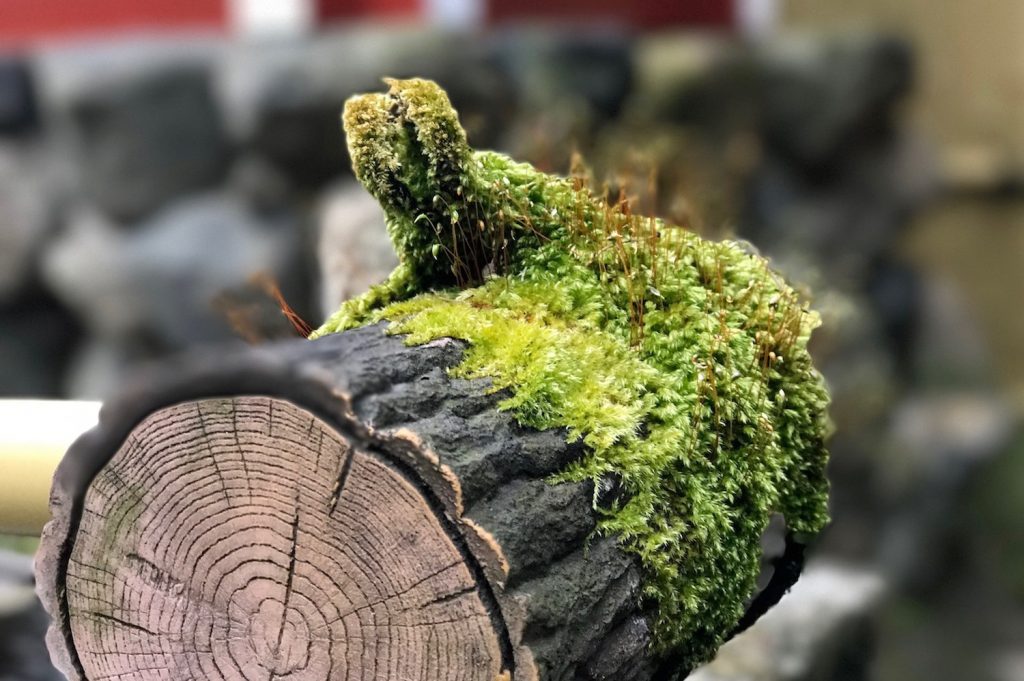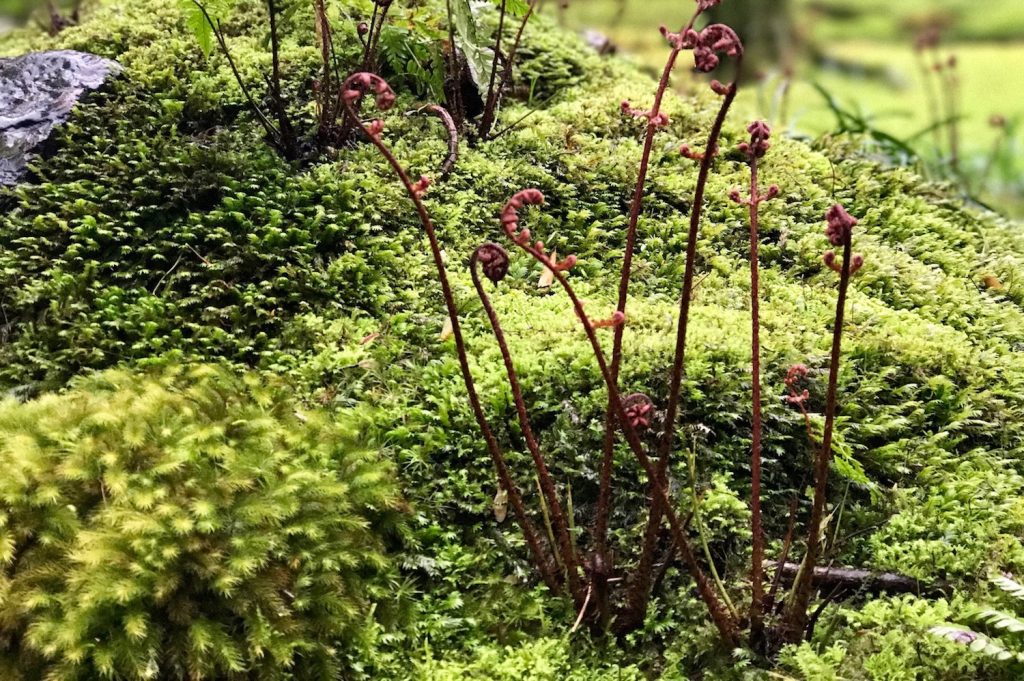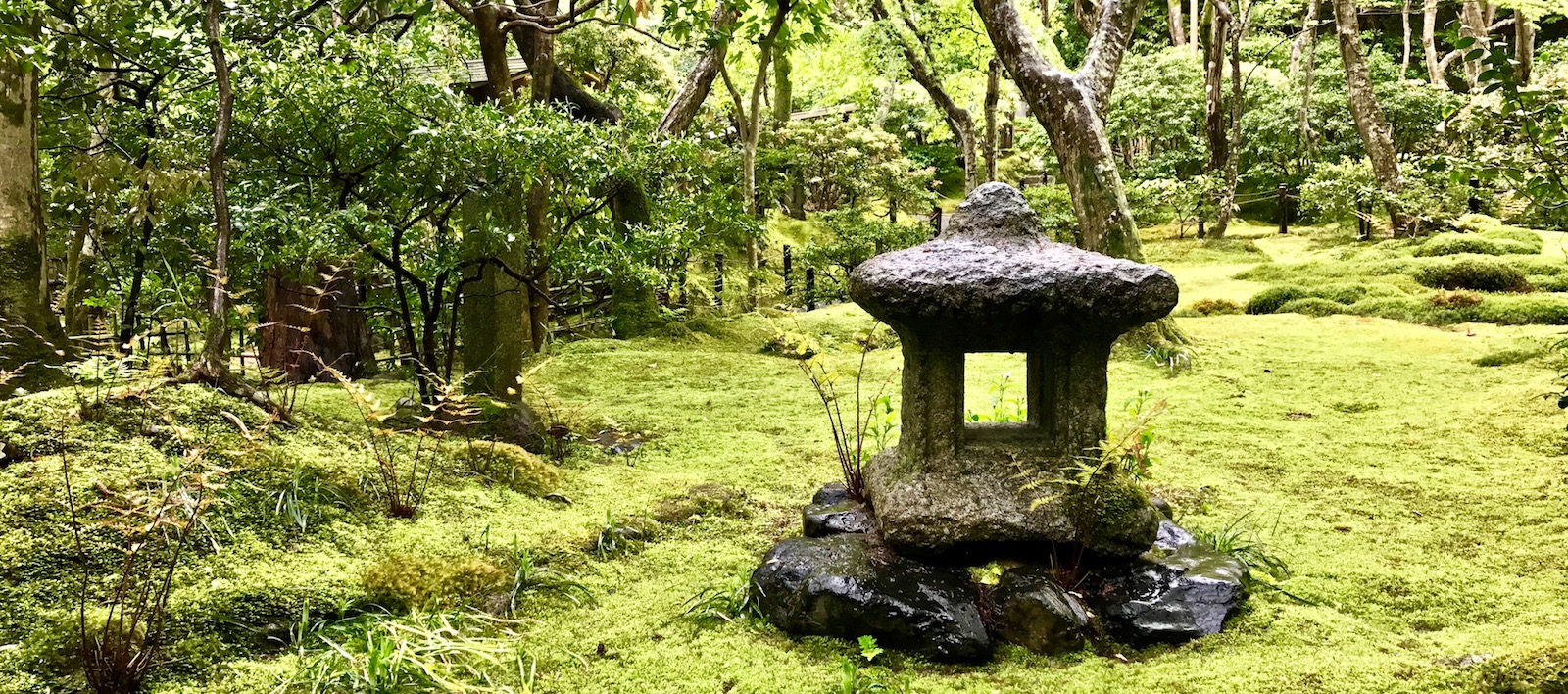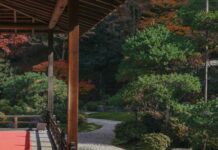Ask someone what they would associate with Japanese culture, and many things might crop up in their answers: tempura, geisha, Mt. Fuji, sushi. These are all true, of course. But there’s something that is so ubiquitous in everyday Japan, and plays such an integral role in Japanese culture that you encounter every day without seeing. That’s moss.

The beauty of moss
Mosses exist largely at ground level, and most of us may never take the time to stop and appreciate the world at our feet. Indeed, in many Western countries, moss is a plant to be eradicated from gardens.
Here in Japan, though, it’s the opposite. Moss isn’t just another plant. There are over 12,000 species of moss known to us on this planet, and Japan is home to approximately 2,500 varieties of them.

The simple fact is that moss is beautiful. Unsurprising, then, that no Japanese-style garden is complete without mosses. They are actively cultivated in generous quantities, and often act as a lush canvas or carpet from which other plants and trees grow. Get down on your knees to take a closer look at moss, and a whole world begins to emerge. You’ll see an endless realm of delicate patterns, and more shades of green than you ever thought possible. Moss is also a textural delight. It can be silky and tufty, or soft and velvety.

Moss in Japan is beloved for more than just looks
Moss is much more than just a wallpaper for a forest or garden. It is also an essential element of Japanese culture. The notion of coexisting with nature, and having reverence for it, remains strong even amidst modern-day Japanese. Moss is not something to remove from a garden. Instead, one appreciates it for being a small and beautiful part of nature.

Furthermore, moss is an example of slow, patient growth. It doesn’t shoot up overnight like a weed, but takes many years to cultivate or grow. Even when a lack of water causes moss to dry out, it endures. All it takes is a little water to revive it again. Resilience, patience, and humility are all qualities prized in Japanese culture. The oft-overlooked mosses embody these characteristics.
Beyond beauty, then, it’s no surprise that moss is beloved to Japanese people, and essential to Japanese gardens. Indeed, moss is so important to that there exist entire farms dedicated to supplying temples and other institutions with moss when it needs replacing!

Where can you see moss in Japan?
Visit any Japanese-style garden and you will notice swathes of moss carpeting the ground, or growing fuzzy bracelets around branches and trees. Some gardens are even dedicated primarily to mosses, such as Saiho-ji in Kyoto (also known as Kokedera, or the Moss Temple). Yakushima, a UNESCO World Heritage Site, is also a popular destination for moss enthusiasts. This is when a magnifying glass becomes a must-carry in your backpack!
But honestly, you can enjoy moss at any time of the day, anywhere in Japan. Slow down and look around, and you’ll start seeing it everywhere. It’s often in the most unexpected places that you appreciate the beauty of the humble moss.
Post by Japan Journeys.
















